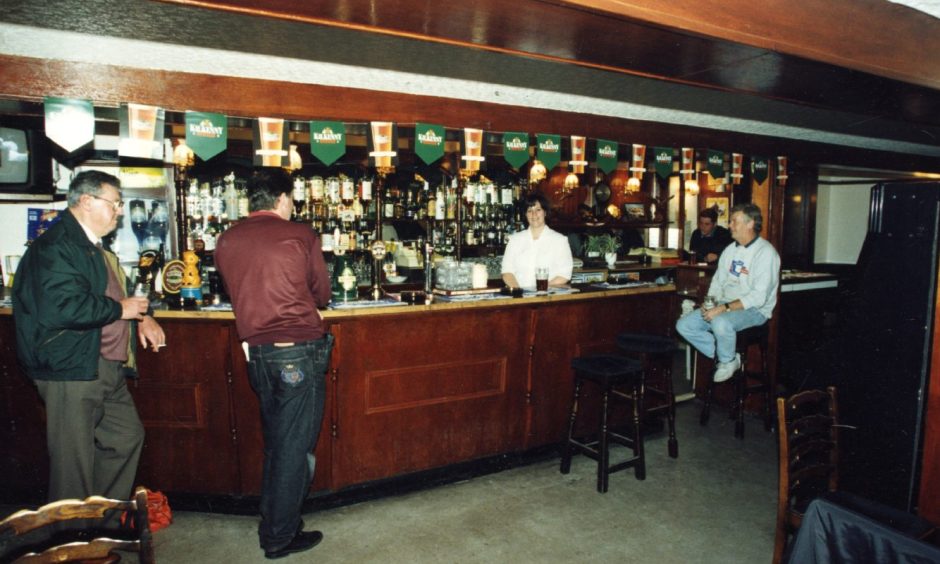
Broughty Ferry has been well supplied with pubs and taverns since its days as a fishing village.
Many were run by fishing families to supplement their income.
Those with a spare front room could earn extra cash by opening a public house and selling drink to drouthy neighbours.
There were 20 ale houses in Broughty Ferry in the 1840s.
The bygone boozers of Broughty Ferry
Of Mansions & Mariners – the tale of Broughty Ferry by Callum Webster and Craig Muir expanded the stories behind these public houses.
“Most fishermen lived in small cottages, so public houses were popular venues in which to socialise, play cards, and enjoy a drink,” said Callum.
“Local pubs operating in the 1820s and 1830s included The Salutation Inn in Fort Street and The Highlanders Tavern in David Street.
“The latter was kept by Mrs Ross.
“Her husband Jock was a harpooner aboard the whaling ship Mary Ann.
“Alexander Ross ran The Ship Tavern at 167 Fisher Street.
“The Ship Tavern became Reid’s Refreshment Rooms and the property is now a house.
“The Thistle Tavern at 205 King Street is also a house today.
“In early Victorian times Mrs Knight was the spirit dealer there.”
Her great-grandson Jackie Mudie became a professional footballer for Blackpool and won the FA Cup with the Tangerines in the Matthews Final of 1953.
“Alexander Gall kept The Pilot Tavern at 131 Fisher Street,” said Callum.
“Mr Gall was a fisherman and a river pilot.
“It was demolished decades ago.
“A single-storey inn on Gray Street occupied the site of McPherson’s Pharmacy.
“It was called The Railway Tavern due to the proximity of Broughty Ferry Station.”
These pubs and bars have disappeared.
Others continue to thrive in Broughty Ferry.
Each has its own fascinating history and stories to tell.
The Ship Inn
The Ship Inn is more than 200 years old.
It was originally called The Fisherman’s Tavern and owned by the Anderson family.
Their cousin Elizabeth Gall later bought the pub, naming it The Lifeboat Tavern, after the last of the Anderson generation died in the 1849 cholera epidemic.
Callum said: “On one occasion she provided emergency lodgings for nine sailors whose ship had sunk in the Tay.
“Local fishers arrived that night but left aggrieved after Mrs Gall had already sold the maximum quantity of alcohol permitted under her licence.
“In 1874 the Martin family became the proprietors and adopted the current title.”
The Fisherman’s Tavern
The pub was first known as The Buckie Tavern.
“Buckies” were whelks harvested along the shore.
Robert Kidd was the spirit dealer in the 1820s.
In later life he was admitted to Dundee Royal Asylum.
Callum said: “The premises had been named The Fisherman’s Tavern by the time Thomas Fenton owned it.
“While he was hanging a picture on the tavern wall, it fell and the frame smashed.
“Shards of glass flew into Mr Fenton’s eye.
“He died of a heart attack after taking chloroform prior to the eye surgery.”
The Gunners Bar
The Gunners Bar opened as The Freemasons’ Tavern when James Peacock from Forfar was granted the license in 1868.
The 1894 directory lists the next publican as John Cruickshank Gregory.
Mr Gregory’s son-in-law Wright Hobson succeeded him as tavern keeper.
Callum said: “The pub was acquired by Neil Smith after the First World War.
“He hailed from Portsoy and served with the Royal Artillery in Egypt before his appointment as master gunner at Broughty Castle.
“Mr Smith renamed the premises The Gunners Bar.”
The Eagle Inn
In 1826 a regular horse-drawn stage coach service started running four times daily in each direction from the Eagle Inn to Dundee.
It provided alternative transport to boats in the days before trains, cars and buses.
The embossed eagle on the outside wall of the inn was sculpted by James Law, who carved ship figureheads
Law also carved the wooden eagle above Eagle Jute Mills in Victoria Street.
“At the turn of the 19th Century a bell hung from a pole on the Eagle Inn and was rung on festive occasions,” said Callum.
“This was gifted to St Aidan’s Parish Church when that first opened.”
The Occidental Bar
The Occidental Bar belonged to Francis Dick and his wife Jean Cameron.
A builder and stonemason, he was first listed as a vintner in the 1834 street directory.
The title comes from the Latin word occident, which described the western world.
Callum said: “This contrasted the term Orient, referring to the eastern world.
“The Occidental is an apt term for a bar at the west end of Broughty Ferry.”
Sol Y Sombra Tapas Bar
The building at 27 Gray Street was formerly The Ferry Inn and The Lorne Bar.
Built as The Commercial Hotel and Refreshment Rooms, the premises included what is now Murray’s fish and chip shop.
Robert Norrie is first recorded as the innkeeper in the 1853 directory.
He had been a wright and blacksmith.
After Mr Norrie died, his widow Elizabeth Ferrier became the hotelier.
Their daughter Isabella married John Beaton, who kept the Prince of Wales Tavern.
The Royal Arch Bar
The Royal Arch appears in the 1829 directory as the Anchor Tavern.
James Deans was publican.
By 1853 it had passed to Mary Miller and was the Railway Tavern.
In March 1863 a royal wedding took place between the future King Edward VII and Princess Alexandra of Denmark.
To celebrate the occasion a temporary arch was erected at the junction of Brook Street and Gray Street which was 45 foot high with a model crown on top.
Callum said: “A band played the national anthem at the arch.
“Thereafter the tavern became known as The Royal Arch.”
The Anchor Bar
The Anchor Bar was a wine and spirit shop in the early 1850s.
The proprietor, Francis Low, was Dundonian.
After Mr Low’s death, James Peddie ran a grocer’s shop in part of the premises and rented out the other half to publican James Bruce and his wife Margaret.
Daniel and Alexander Collins acquired the premises in October 1885.
Callum said: “It passed to his niece Bea and her husband Alexander Webster.
“A local seaman, Alexander was torpedoed twice during the First World War.”
Jolly’s Hotel
John Jolly established Jolly’s Hotel in Gray Street.
A native of Murroes, he is first recorded as an innkeeper in the 1850 directory.
John Anderson became the hotelier when Mr Jolly died in 1870.
He previously ran a painter and decorator’s business in Gray Street.
In old age he retired to Arbroath.
A decade ago JD Wetherspoon’s renovated and extended Jolly’s Hotel.
The Fort Hotel
Alexander Deans was a brewer and baker on the site in 1825.
His son Alexander succeeded him and eventually sold the brewery to William Gray.
First cited there in the 1846 directory, he founded William Gray & Sons, brewers and wine merchants, Broughty Ferry.
Callum said: “Fort Street Brewery became famous for its porter beer, which was a nourishing stout-like brew, and for its Three Guinea Ale.
“Mr Gray’s son Baxter Gray succeeded him in the enterprise and was elected provost of Broughty Ferry.”
After he died, Frederick Gregory bought the brewery but retained its name.
- Of Mansions & Mariners is on sale now from Eduardo Alessandro Studios, Goodfellow & Steven’s Café, Troup’s Pharmacy and The McManus.
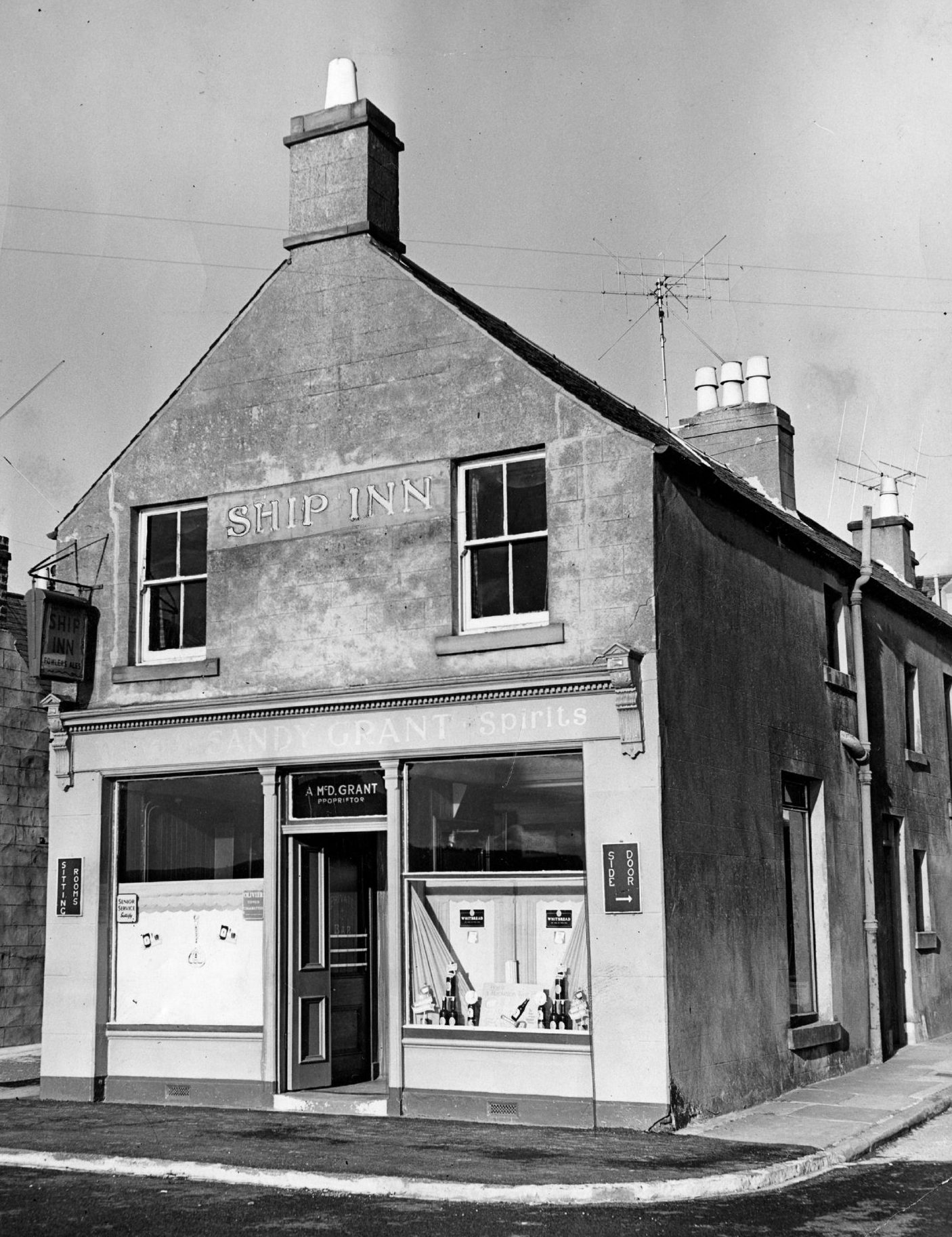
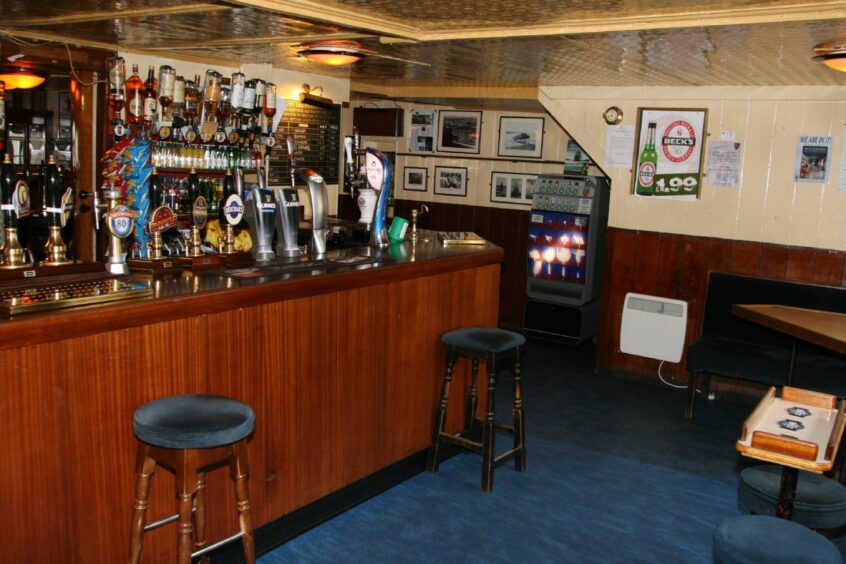
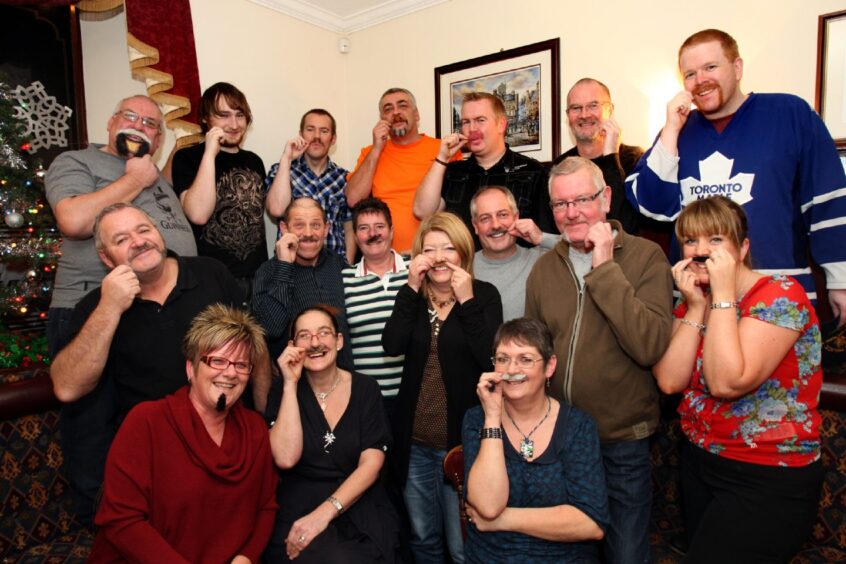
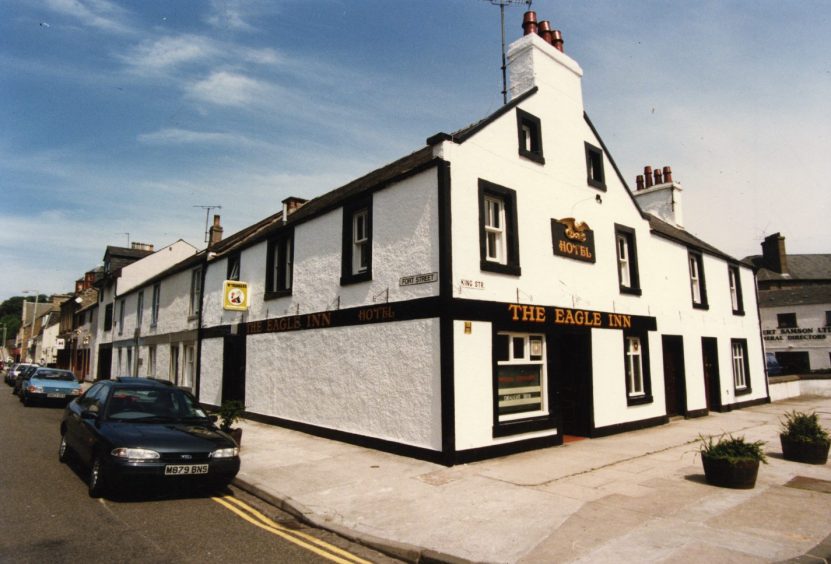
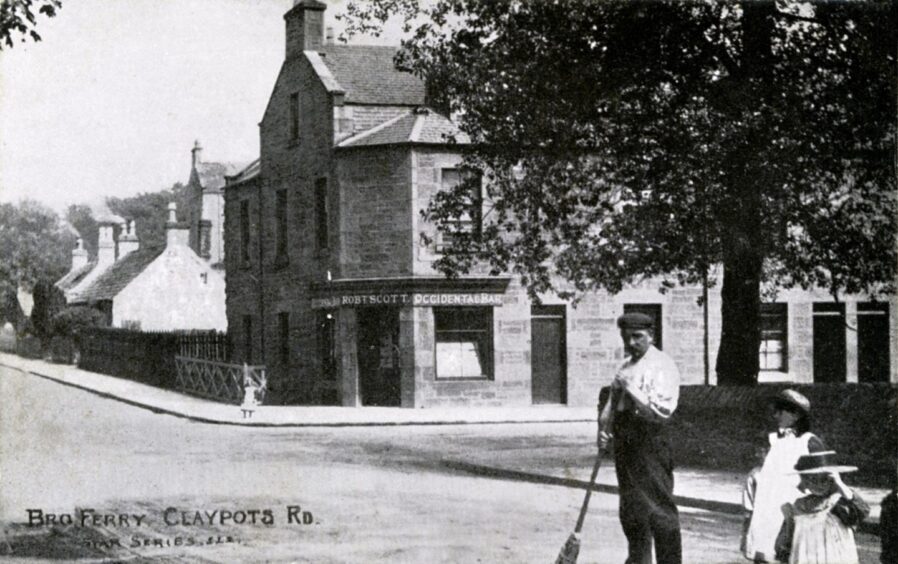
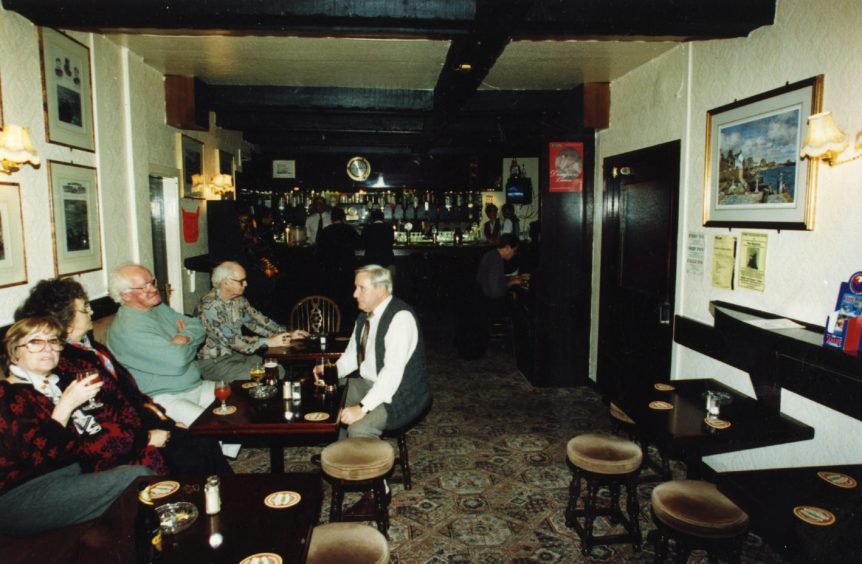
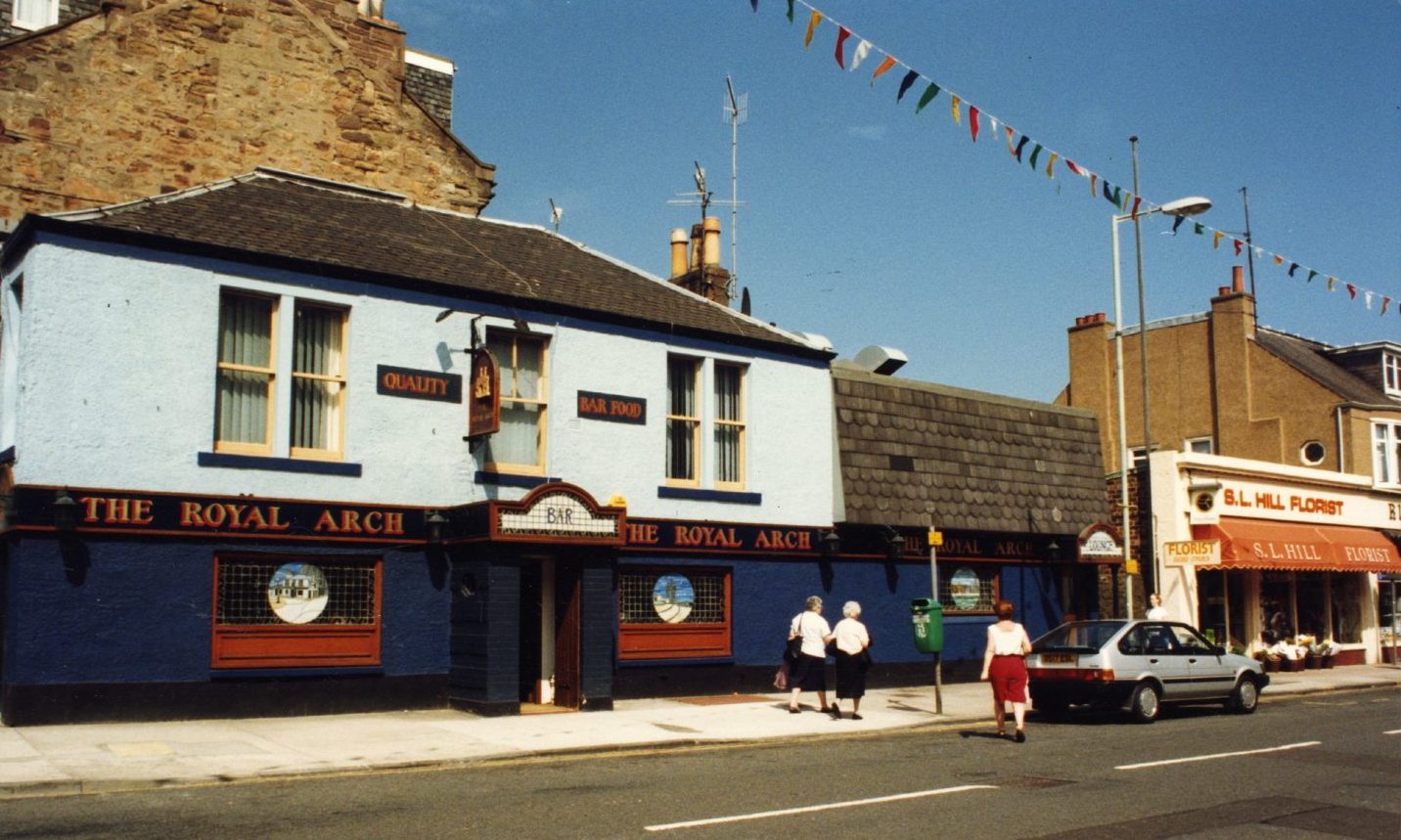
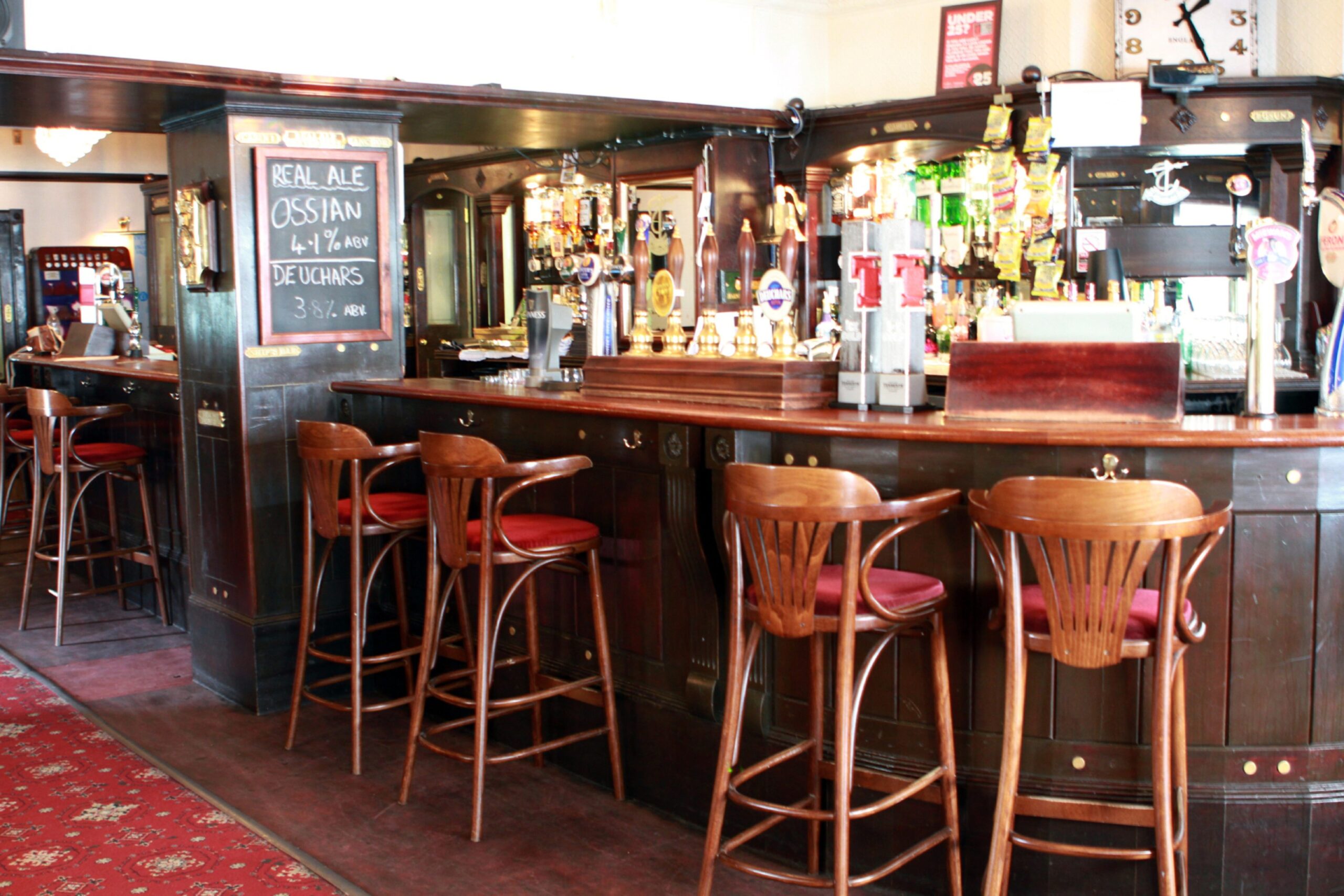
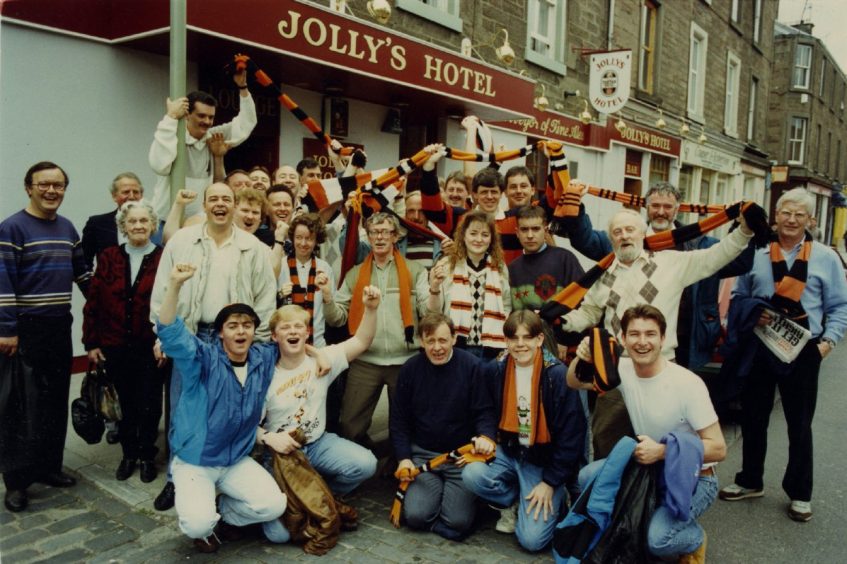
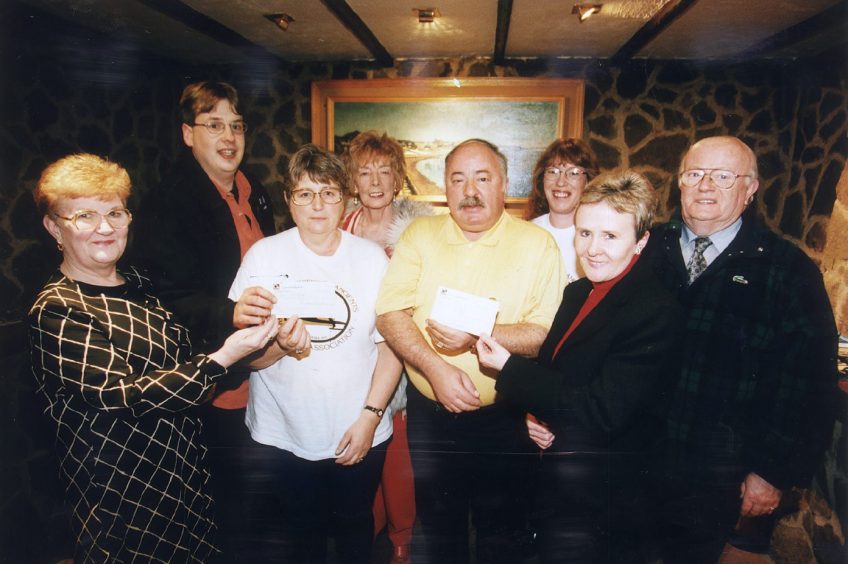
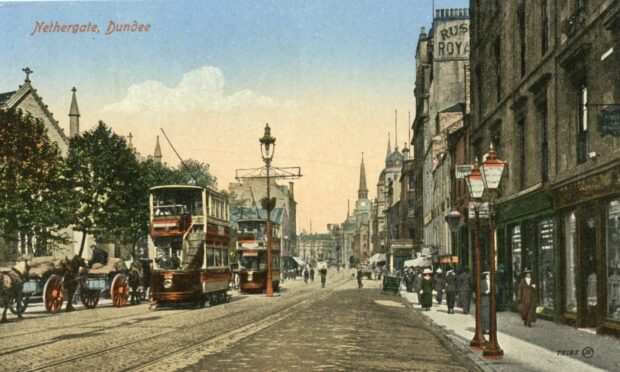
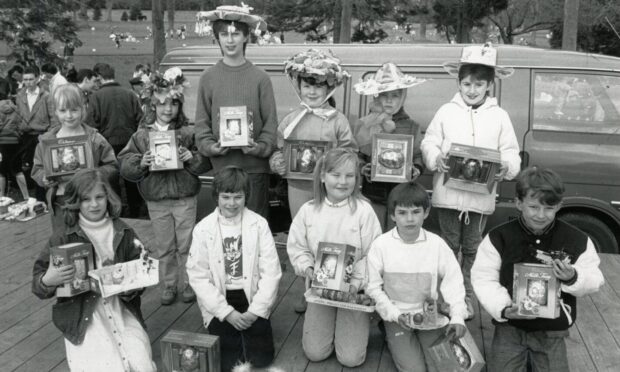
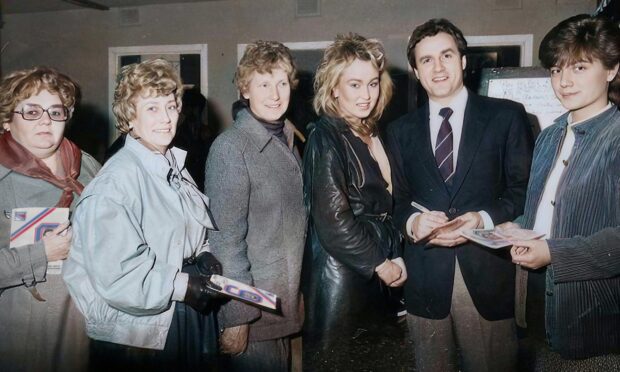
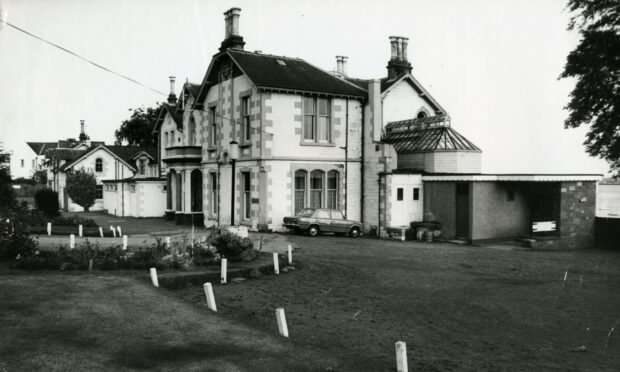
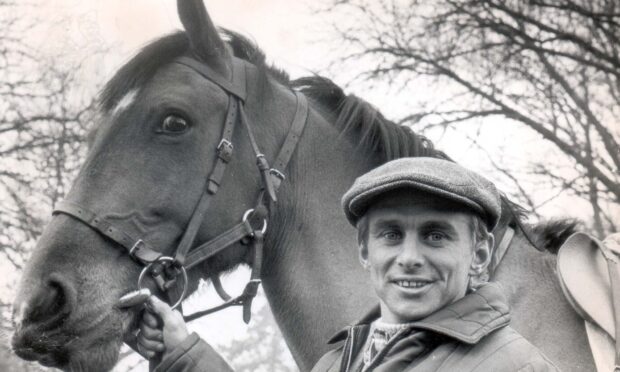
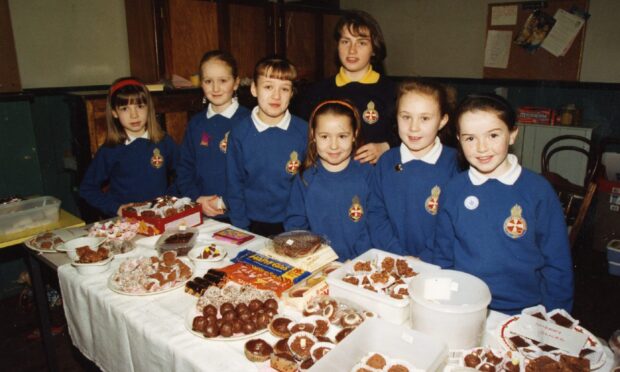
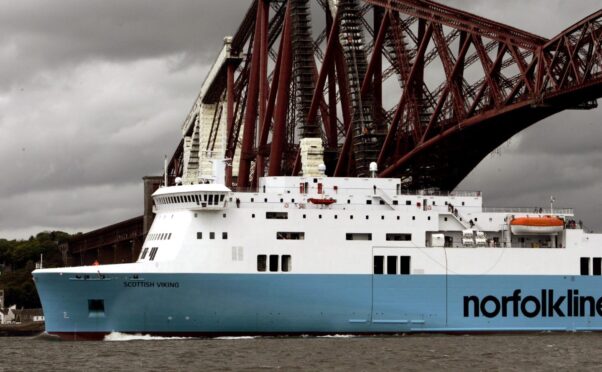
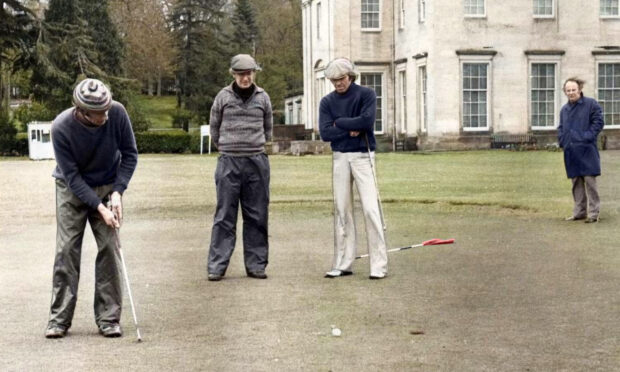
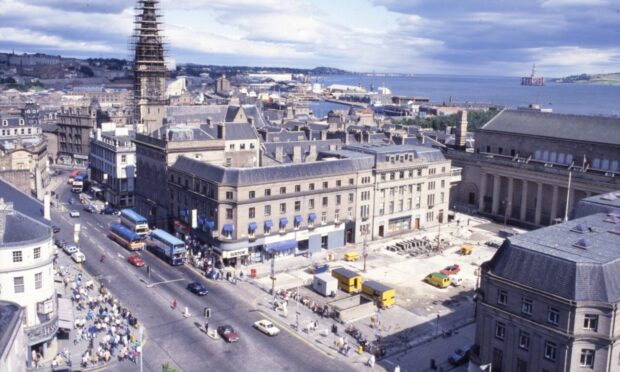
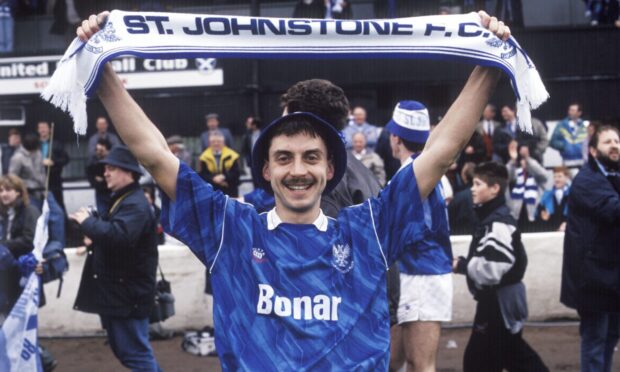
Conversation